There can be your advertisement
300x150
Wardrobes in the Living Room
Modern wardrobes in the living room are not only furniture for storing clothes, but also a great way to enhance the interior of your living space. Manufacturers offer items in almost any size. You can also buy ready-made furniture or custom-made furniture. The last option is very important when creating an interior in the hallway, living room, bedroom or children's room, as can be seen from the photos of wardrobes in the living room below. What can be said about these items installed in the hall? Pros and cons
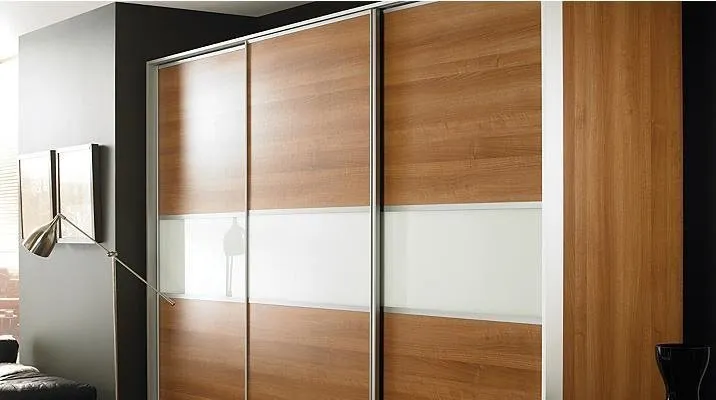 The popularity of this type of furniture is easy to explain: it is a versatile item that can have different construction and saves space in the room thanks to the sliding door system. There are other advantages that are clearly visible in the photos:
The popularity of this type of furniture is easy to explain: it is a versatile item that can have different construction and saves space in the room thanks to the sliding door system. There are other advantages that are clearly visible in the photos:
- when installing a wardrobe with a large mirror, the volume of the living room visually increases;
- variety of models: straight, corner or custom-made built-in ones;
- if positioned appropriately, wardrobes can mask wall finishing defects;
- this piece of furniture in the living room can act as a zone divider in an apartment;
- when ordering custom-made furniture, customer preferences are taken into account not only in terms of size but also internal layout (number and placement of drawers, shelves, compartments).
When buying a wardrobe for the living room, you should also consider the drawbacks of this furniture item.
Among the disadvantages:
- if the item is installed incorrectly, the door opening mechanism may wear out quickly;
- impossible simultaneous access to all compartments of the wardrobe;
- regular maintenance (cleaning, tightening of fasteners) of the sliding mechanism is required;
- difficulties in relocating a custom-built built-in construction to another location.
Types of wardrobes for the living room
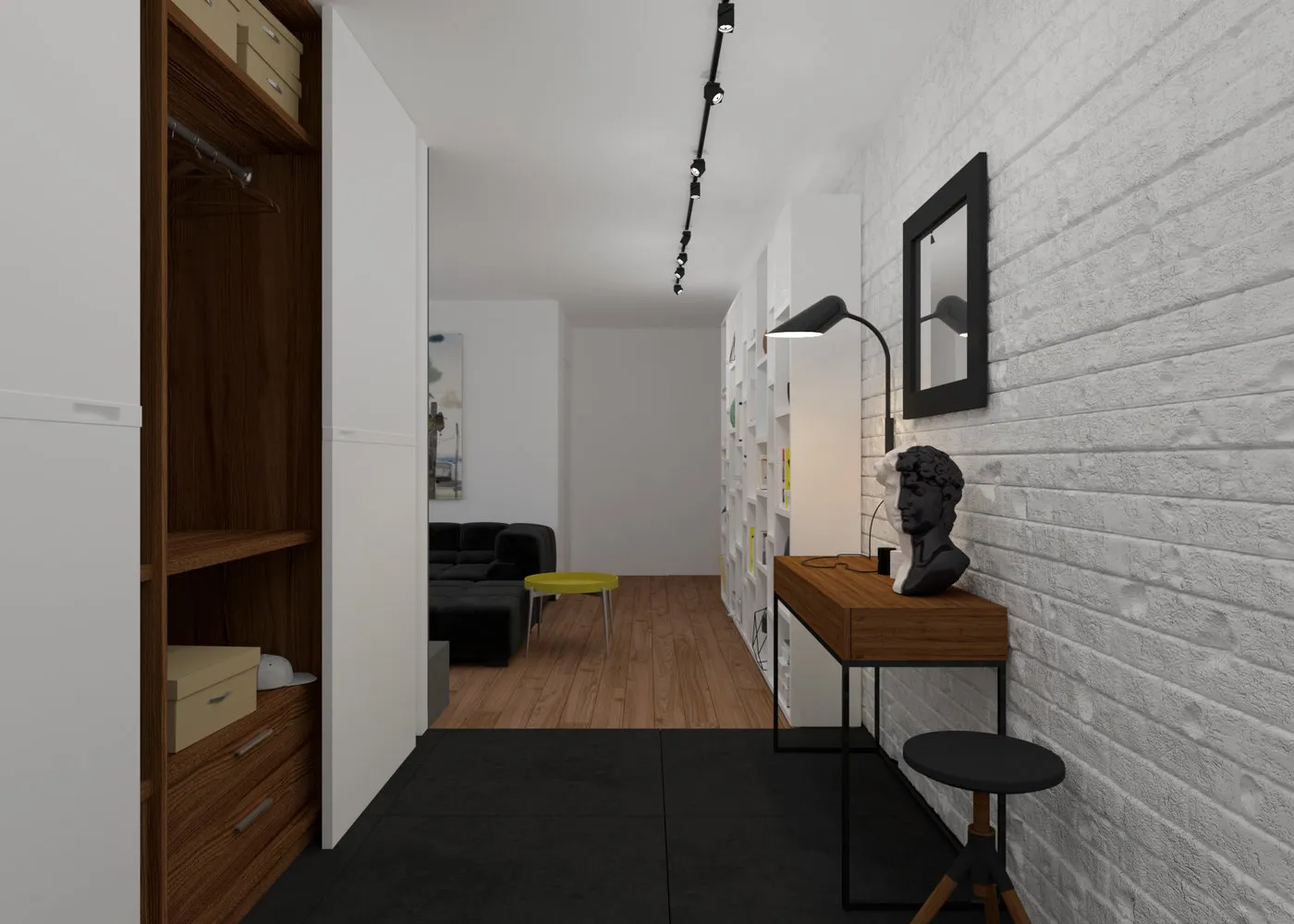 Design: Julia Chernova
Design: Julia Chernova
Despite the drawbacks, which are clearly outweighed by the advantages, this furniture item is in demand among property owners. If you decide to buy a wardrobe for the living room, you first need to choose its construction type. What do manufacturers offer?
Unit furniture
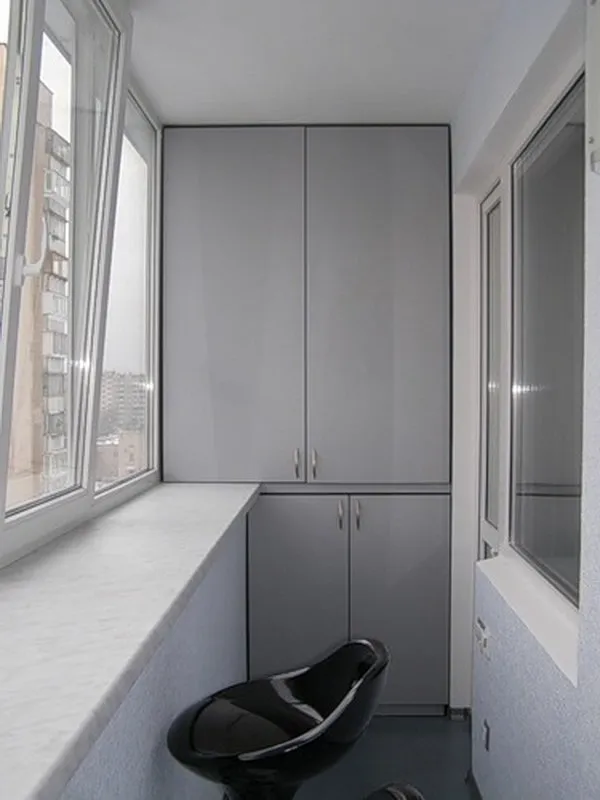 This is a large wardrobe that spans the entire wall. Structurally it is made based on a frame consisting of four walls, which gives it sufficient stiffness and strength. Such a wardrobe can be easily moved to another room or relocated to a new place of residence without any consequences (breakages). Wall-spanning furniture can accommodate almost everything: from clothing and linen to a music center and television. When purchasing, pay attention to the facade block: it can be movable or fixed. Also consider models with two, three or four doors when choosing. Wardrobe photos in the living room are below.
This is a large wardrobe that spans the entire wall. Structurally it is made based on a frame consisting of four walls, which gives it sufficient stiffness and strength. Such a wardrobe can be easily moved to another room or relocated to a new place of residence without any consequences (breakages). Wall-spanning furniture can accommodate almost everything: from clothing and linen to a music center and television. When purchasing, pay attention to the facade block: it can be movable or fixed. Also consider models with two, three or four doors when choosing. Wardrobe photos in the living room are below.
Integrated wardrobes
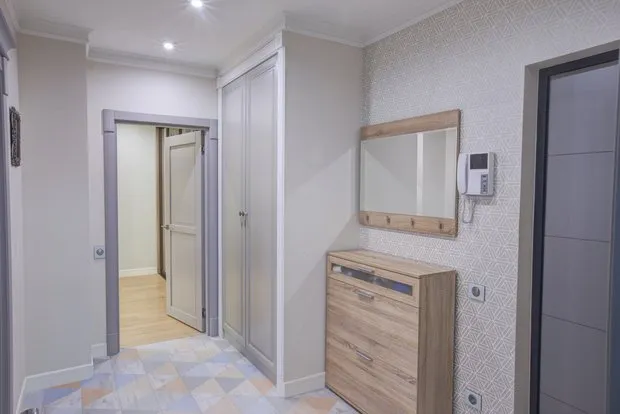 Design: Evgenia Shimkевич
Design: Evgenia Shimkевич
These are items installed in a niche (if such niches exist) in the living room. These furniture pieces differ from others by the absence of side walls (i.e., they are sliding doors with compartments and shelves), which guarantees minimal use of free space. Integrated wardrobes are well-suited for placement in small apartments. In addition, these furniture items can mask possible flaws in finishing. Another advantage is affordable price, which is due to minimal components.
But there are also difficulties:
- installation will take some time, as the structure must be mounted to the floor, and sometimes even to the wall (you should carefully read the installation instructions);
- when relocating or moving, difficulties may arise – it might be impossible to find a place for the wardrobe in a new apartment.
Half-integrated models
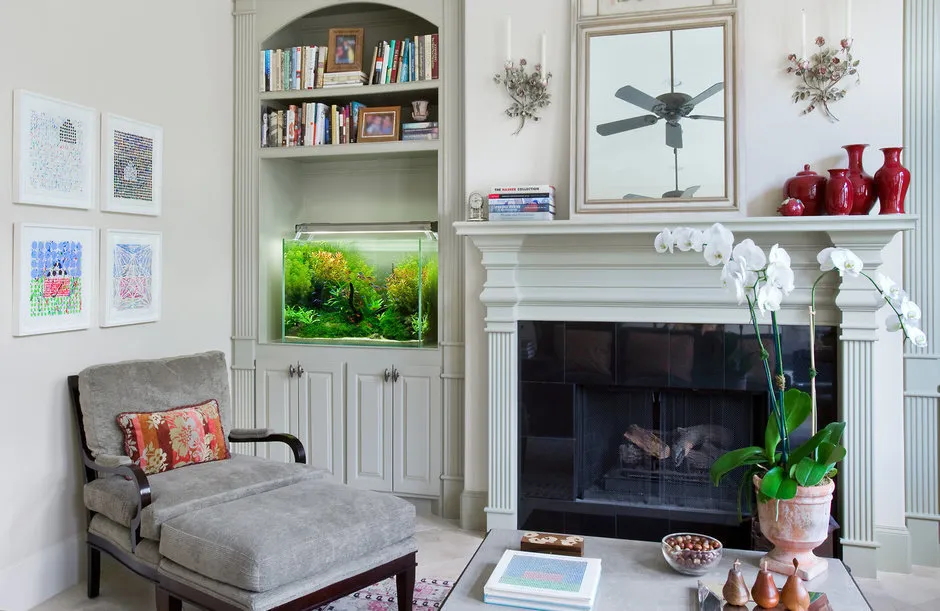 These constructions differ from the previous variety by the absence of one or more elements: back wall and/or one side wall. Such a wardrobe can be installed in a regular hall without a niche: just push the item into the corner so it touches both walls.
These constructions differ from the previous variety by the absence of one or more elements: back wall and/or one side wall. Such a wardrobe can be installed in a regular hall without a niche: just push the item into the corner so it touches both walls.
Modular wardrobes
 The main advantage of modular wardrobes is that they allow you to make your living room more modern by adding new elements to existing ones. If you add a corner wardrobe to a straight one, you get a new piece of furniture.
The main advantage of modular wardrobes is that they allow you to make your living room more modern by adding new elements to existing ones. If you add a corner wardrobe to a straight one, you get a new piece of furniture.
The most popular modules are:
- open display cases;
- tubs;
- attics;
- shelves.
Design of wardrobes in the living room: choosing facades
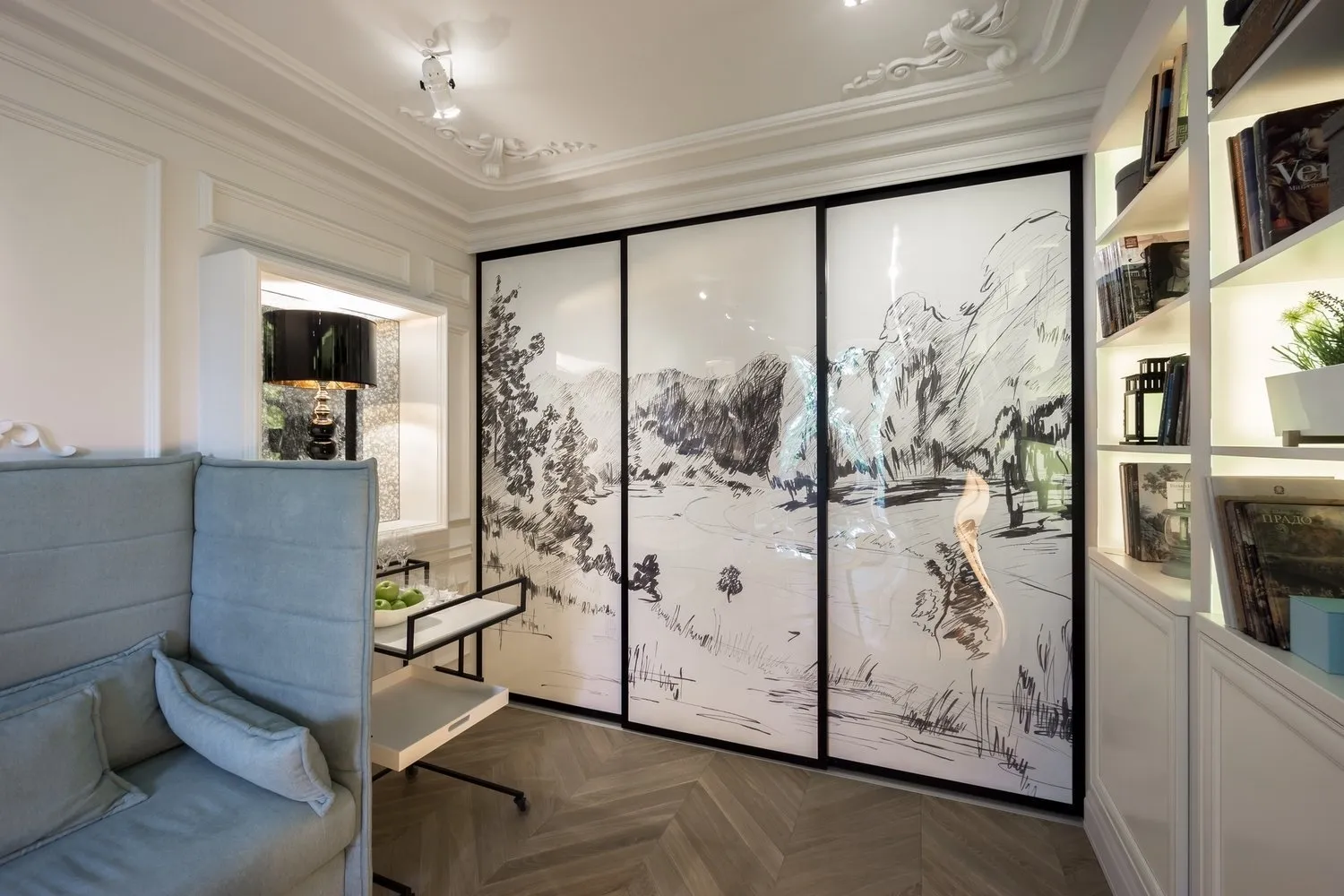 The external appearance is the wardrobe's business card. Today, most buyers choose a piece of furniture with a ready-made and liked facade, but you can also order it. What to prefer?
The external appearance is the wardrobe's business card. Today, most buyers choose a piece of furniture with a ready-made and liked facade, but you can also order it. What to prefer?
Stained glass and mirrors
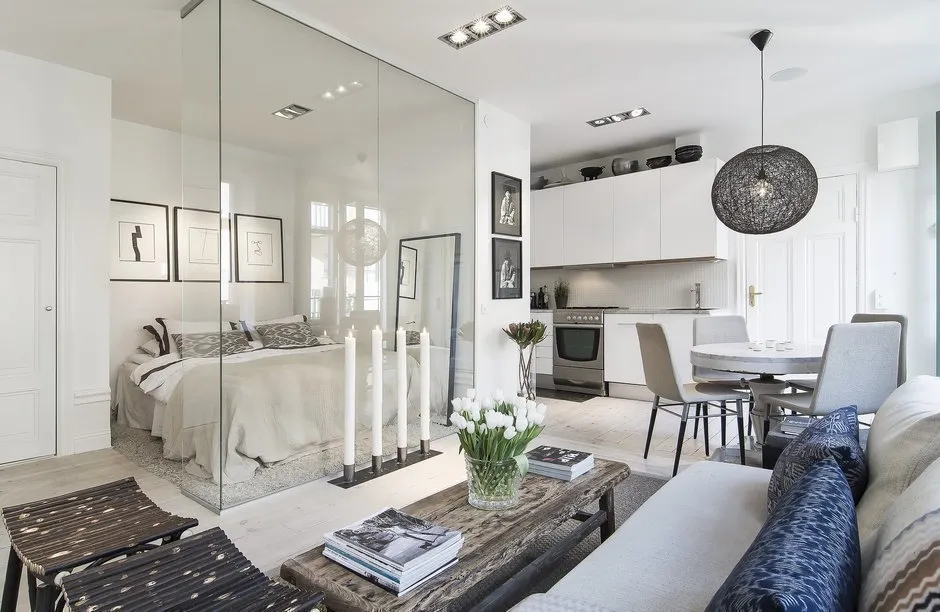 Design: Svetlana Starceva
Design: Svetlana Starceva
In the first case, the facade can become a real work of art if made on order. Stained glass on these furniture pieces looks expensive and unusual. These can be images of birds, animals, flora or intricate geometric figures made on glass. Buying furniture with stained glass gives you a real 'living' element in the living room that retains its aesthetic appeal for a long time.
Photo facades
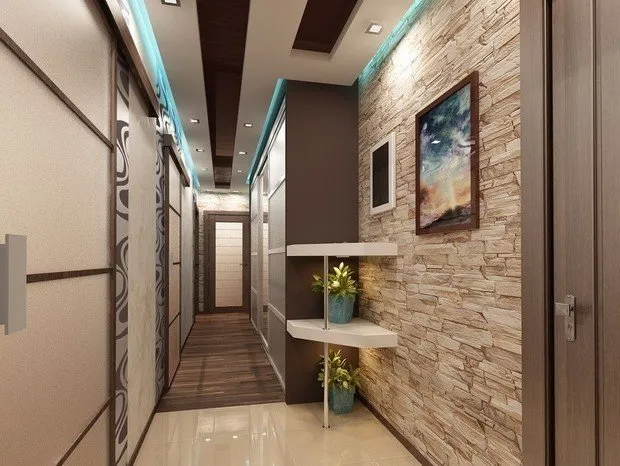 A high-quality image on the wardrobe doors transforms any living room interior, bringing freshness and novelty into the environment. Here it is important to remember that furniture will be in a living room where guests come, so neutral images are preferable. Do not use photos of family and friends on the facade.
A high-quality image on the wardrobe doors transforms any living room interior, bringing freshness and novelty into the environment. Here it is important to remember that furniture will be in a living room where guests come, so neutral images are preferable. Do not use photos of family and friends on the facade.
There are two types of printing by placement:
- full facade coverage;
- individual inserts.
Also, remember to coordinate the image tones with the style of the living room. If you are a fan of high-tech, then a black-and-white-gray background should predominate. Minimalism implies accentuating bright colors that the wardrobe should have to stand out on a monochrome background. Romantic style can be enhanced with images of the sea, mountains, flowers. For an ethnic interior, pictures with samples of eastern architecture, waterfalls, stone gardens are suitable. Below you can see photos of wardrobes in the living room with the described facade.
Sandblasted facade variant
 This refers to a special surface processing technology of glass or mirror surfaces. Abrasive compositions are sprayed through a narrow nozzle onto the material, helping to create unique patterns. These patterns can be unique or made according to a template. The image obtained by the sandblasting method has its advantages:
This refers to a special surface processing technology of glass or mirror surfaces. Abrasive compositions are sprayed through a narrow nozzle onto the material, helping to create unique patterns. These patterns can be unique or made according to a template. The image obtained by the sandblasting method has its advantages:
- durability of the pattern, remaining unchanged in appearance throughout the entire service life;
- the glass surface gains additional resistance to UV radiation and aggressive environments.
Color sandblasting and 3D effects are particularly popular. An additional effect is achieved with special lighting installed at the top of the wardrobe.
Combined facades
 This design variant combines the advantages of the previously mentioned types. If you have trouble choosing a facade style, this option is perfect for you. It combines various materials and shades: glass and laminated particleboard, solid wood and mirror plus inserts made of rattan or even leather. If you look at the materials used, budget constructions most often combine particleboard covered with veneer and MDF. In the first case, it is impossible to change the appearance of the facade. However, images can be applied or the surface can be painted on MDF if its appearance becomes boring over time.
This design variant combines the advantages of the previously mentioned types. If you have trouble choosing a facade style, this option is perfect for you. It combines various materials and shades: glass and laminated particleboard, solid wood and mirror plus inserts made of rattan or even leather. If you look at the materials used, budget constructions most often combine particleboard covered with veneer and MDF. In the first case, it is impossible to change the appearance of the facade. However, images can be applied or the surface can be painted on MDF if its appearance becomes boring over time.
Choosing internal layout of the wardrobe
 Design: Julia Chernova
Design: Julia Chernova
In most cases, space distribution in the wardrobe implies dividing it into 3 zones: the upper part taking up 25% of the total volume, the middle (or central) one, which is the largest, and the lower part (also 25%). Main components of internal layout:
- sliding and fixed shelves (recommended spacing between them is 35-45 cm);
- fully or partially extendable drawers;
- attics;
- hangers: used for easy access to sleeves where clothes are stored;
- hangers with pull-out mechanisms: help (manually or through an electric motor – via a button) to extend the hangers outward;
- baskets;
- crossbars and hangers.
When choosing internal layout for a wardrobe in the living room, it is important to remember that a shoe compartment will not be needed, and clothing compartments should not be too large, as coats, jackets and overcoats are usually not stored here. But don't forget about shelves for the television and other electronics! Also, some items come with ironing boards – this option is not suitable for the living room either.
Styles of wardrobes
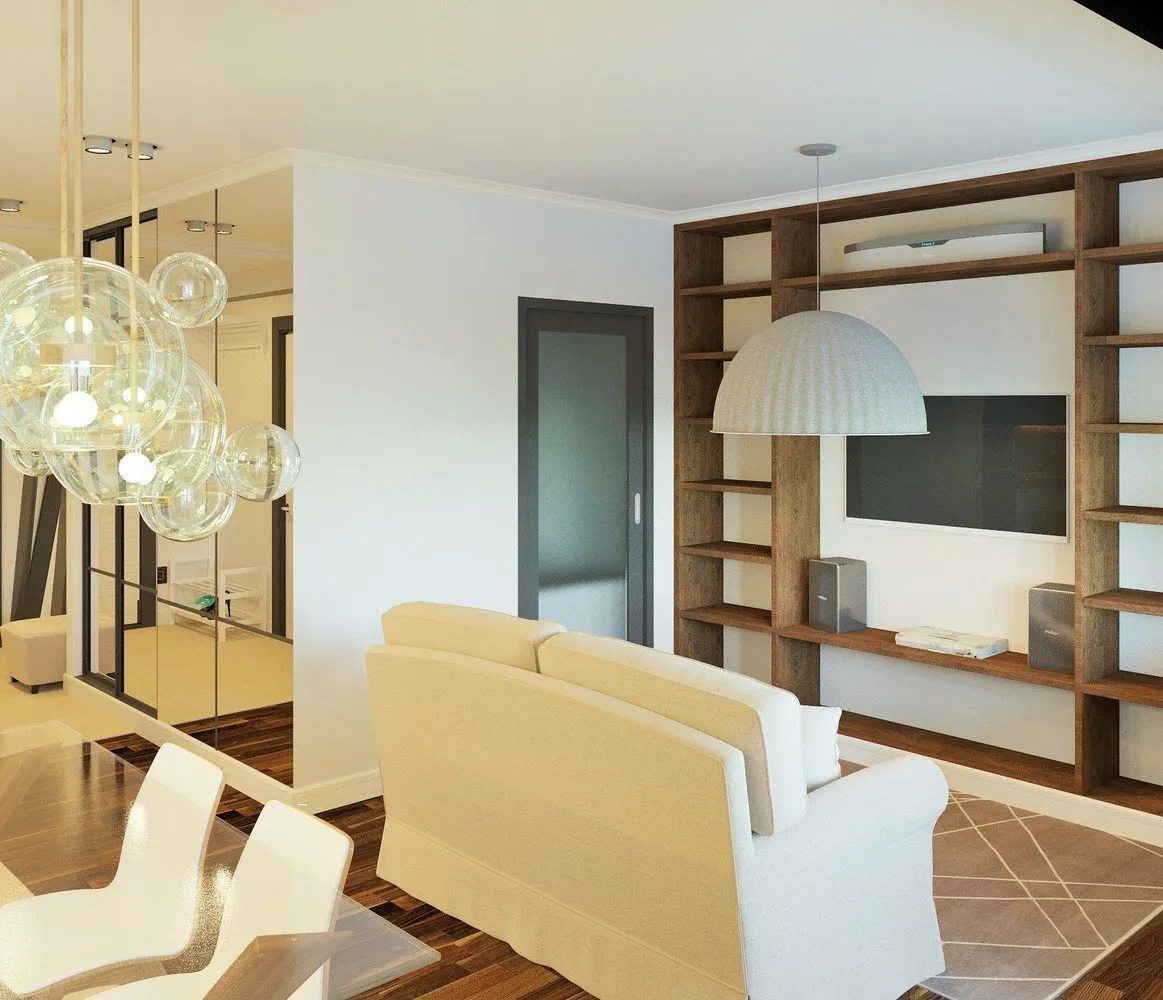 Once, classic style dominated in residential interiors. However, today there are many followers of alternative living room decoration. What is the most popular?
Once, classic style dominated in residential interiors. However, today there are many followers of alternative living room decoration. What is the most popular?
- Minimalism: here, when choosing a wardrobe, it is better to stop on a small-sized model – the furniture item can be straight or corner-shaped. As an option, consider a matte wardrobe in a black-and-white living room.
- High-tech. You can also use relatively compact constructions, on the facade of which glass and metal are preferable.
- Eastern style fits well with a wardrobe decorated in Japanese motifs. You can paint a picture: geisha, sakura or hieroglyphs with good wishes.
How to 'mask' a wardrobe
 First, pay attention to the wall color and the facade of the wardrobe you want to buy. The tones should match: in the end, the furniture doors will seem to blend with the walls. If the wardrobe is quite large, you can 'lighten' it by adding mirrors to the facade: the item will appear smaller due to the visual expansion of the room. You can also place panoramic images on the facade, which will also visually expand the space. But the best option is to install the wardrobe in a niche if one exists. If there is no niche, you can try to modify a storage room (if available) – you will have to order an integrated construction.
First, pay attention to the wall color and the facade of the wardrobe you want to buy. The tones should match: in the end, the furniture doors will seem to blend with the walls. If the wardrobe is quite large, you can 'lighten' it by adding mirrors to the facade: the item will appear smaller due to the visual expansion of the room. You can also place panoramic images on the facade, which will also visually expand the space. But the best option is to install the wardrobe in a niche if one exists. If there is no niche, you can try to modify a storage room (if available) – you will have to order an integrated construction.
As can be seen, choosing a wardrobe for the living room is not such a complicated task – rather, it is interesting. After all, what could be better than combining quality furniture and your wishes.
Some variants of wardrobes for the living room are presented here.
These are types of built-in wardrobes installed in the living room.


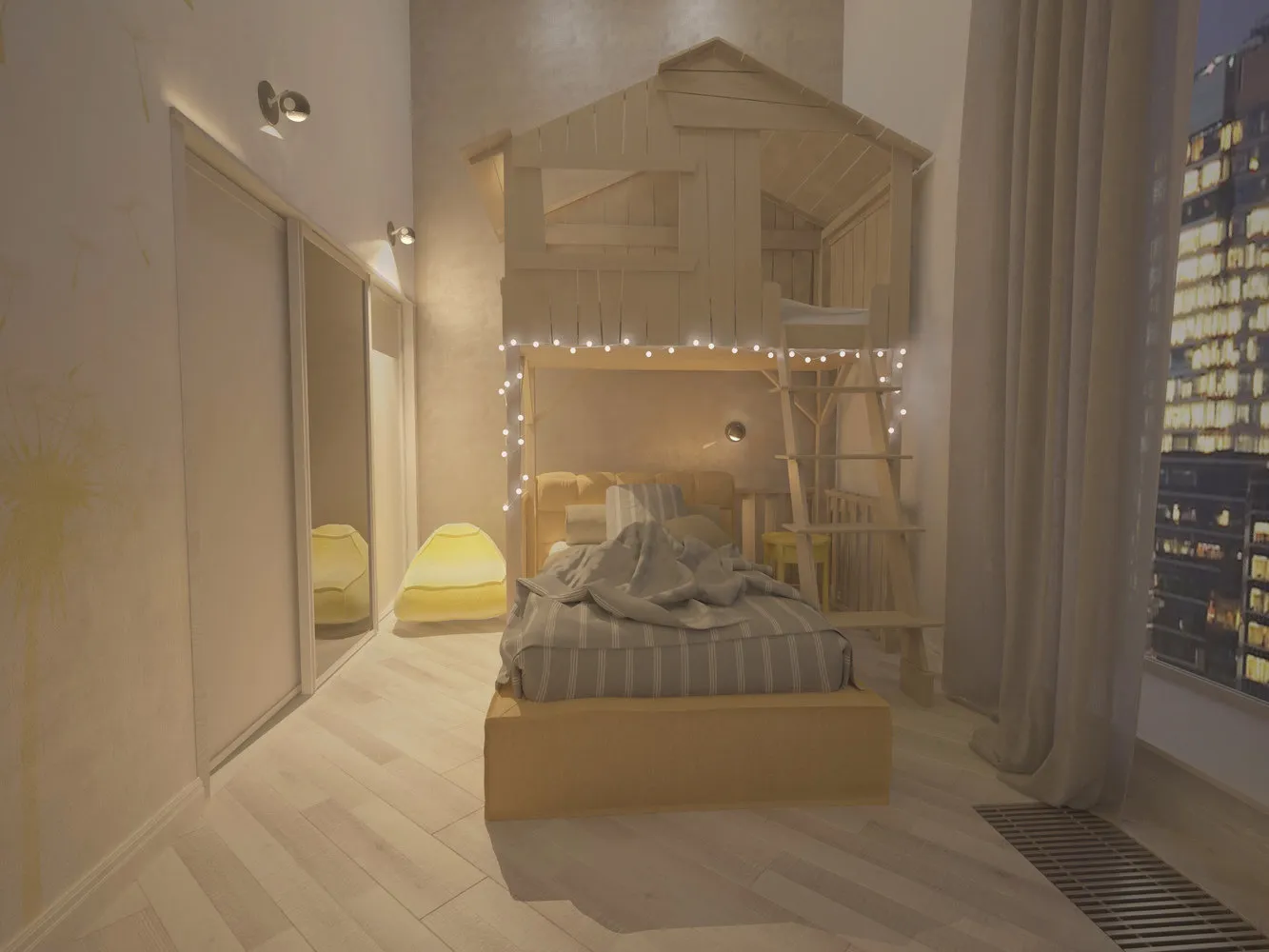

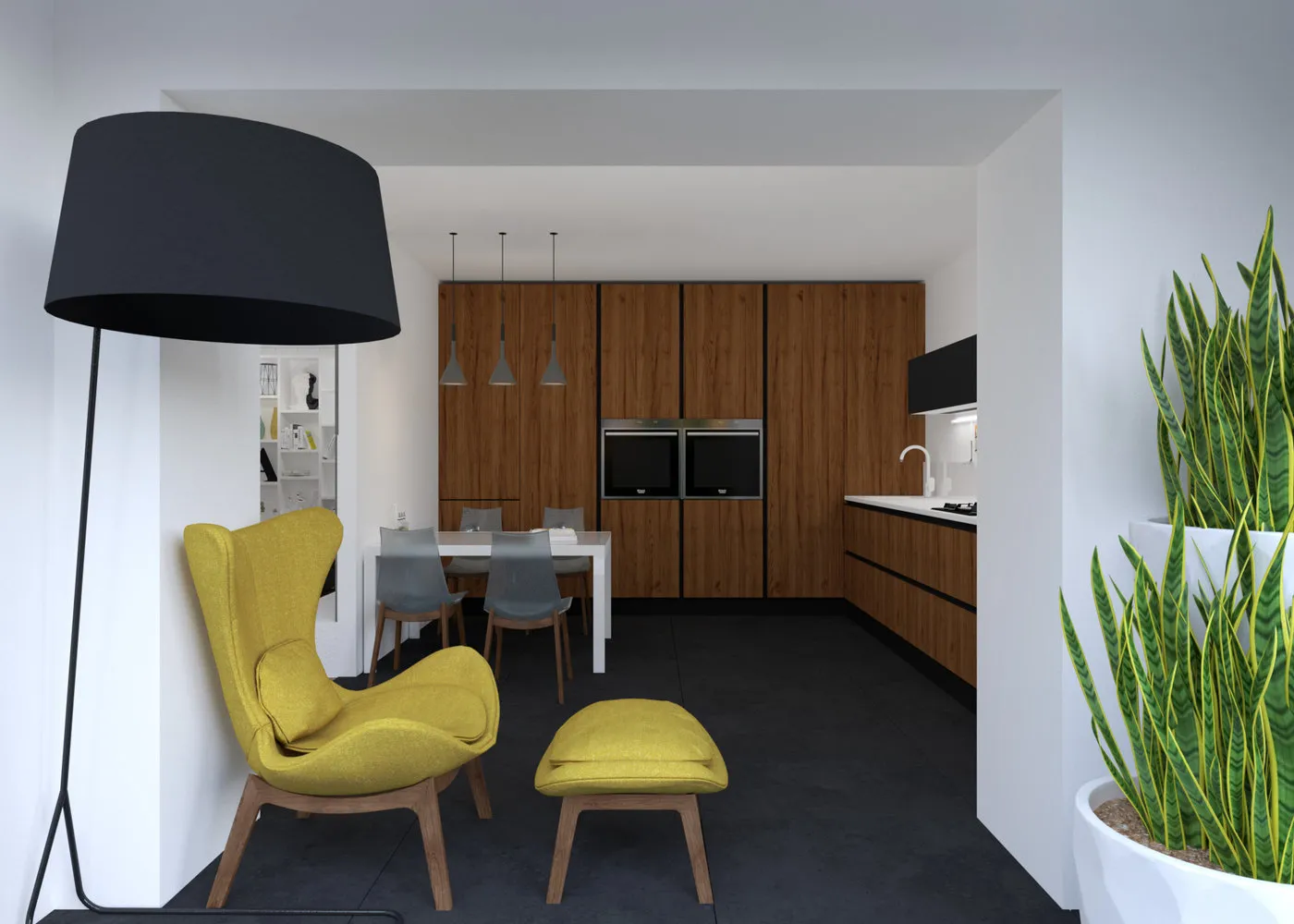
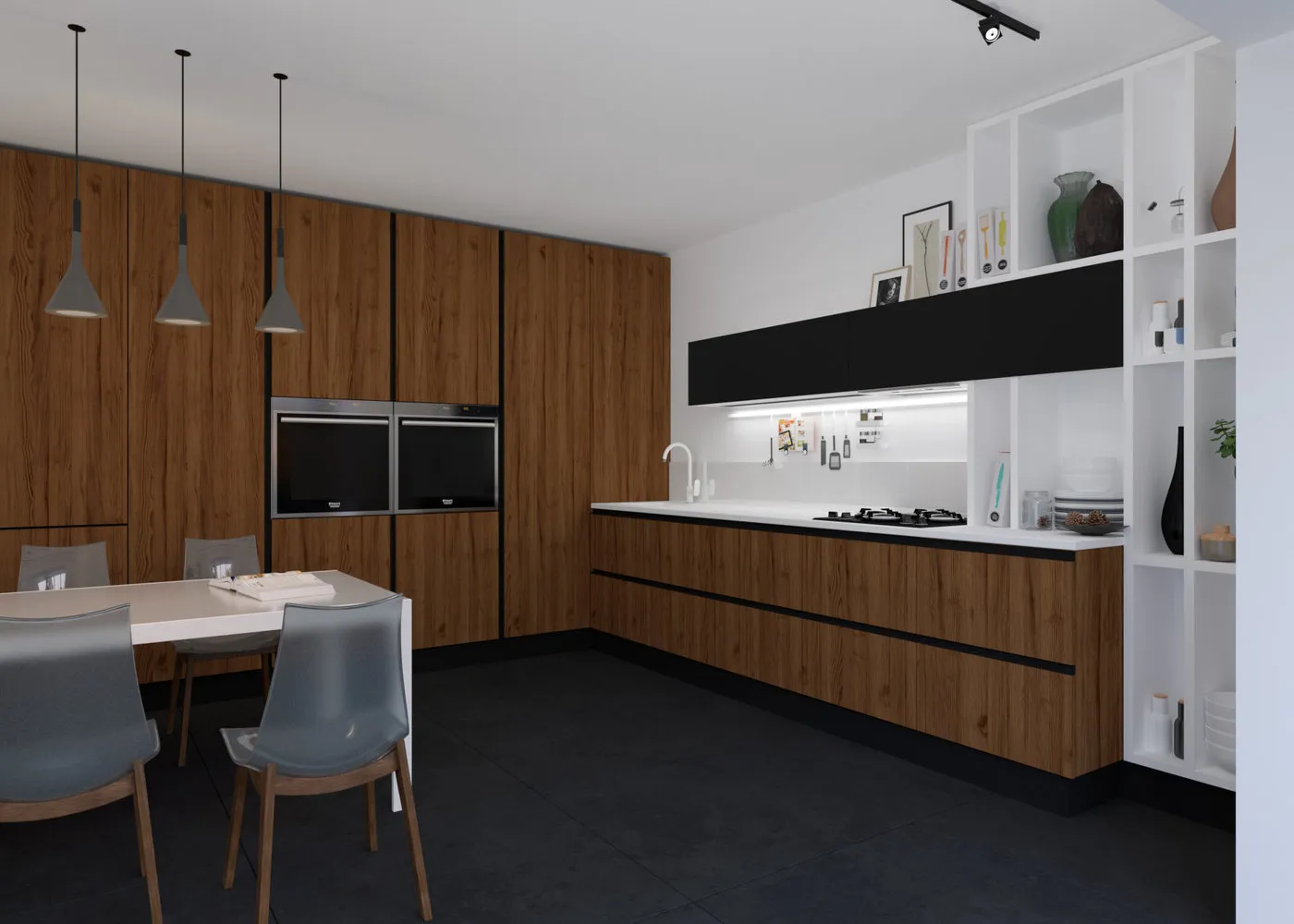


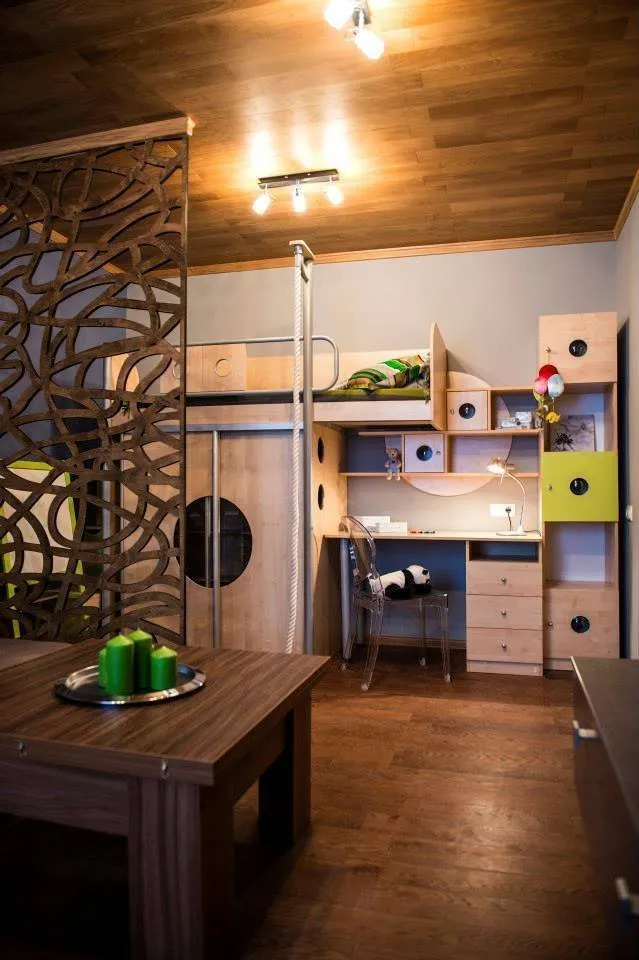
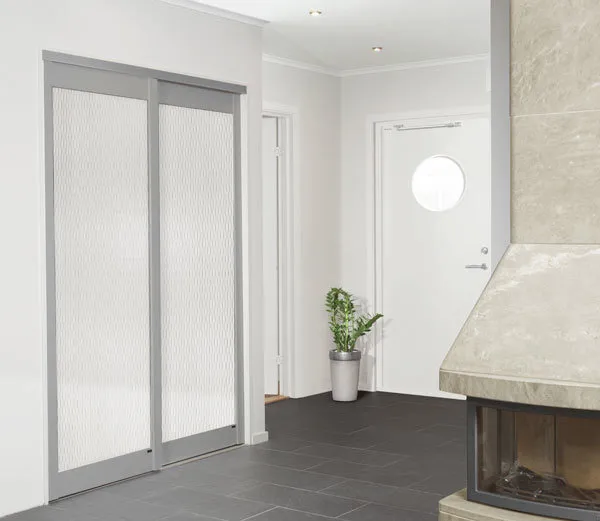
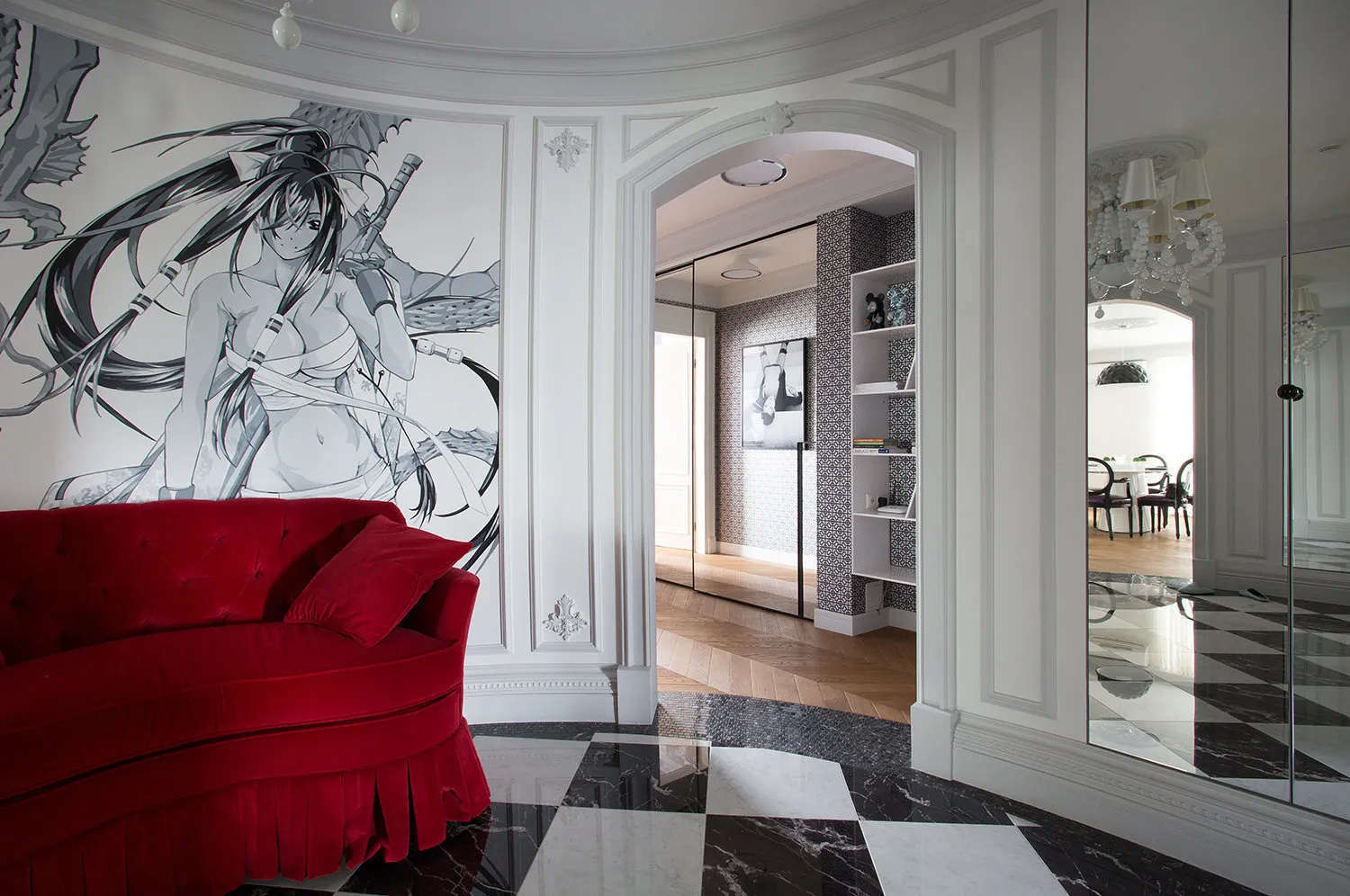
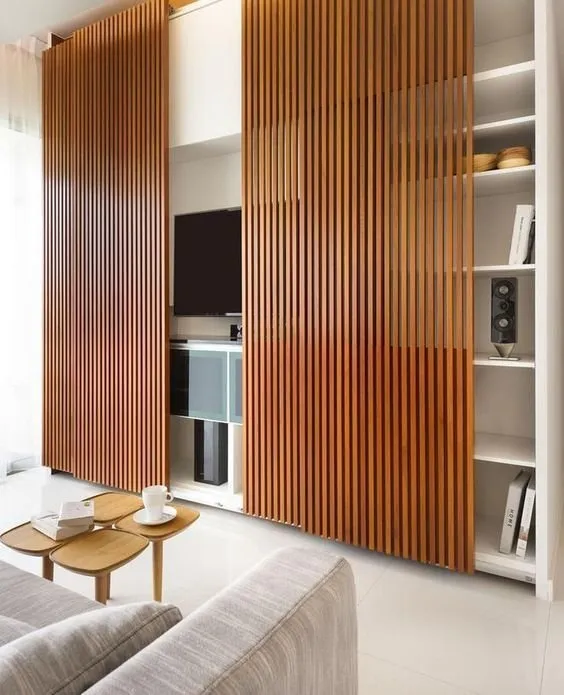
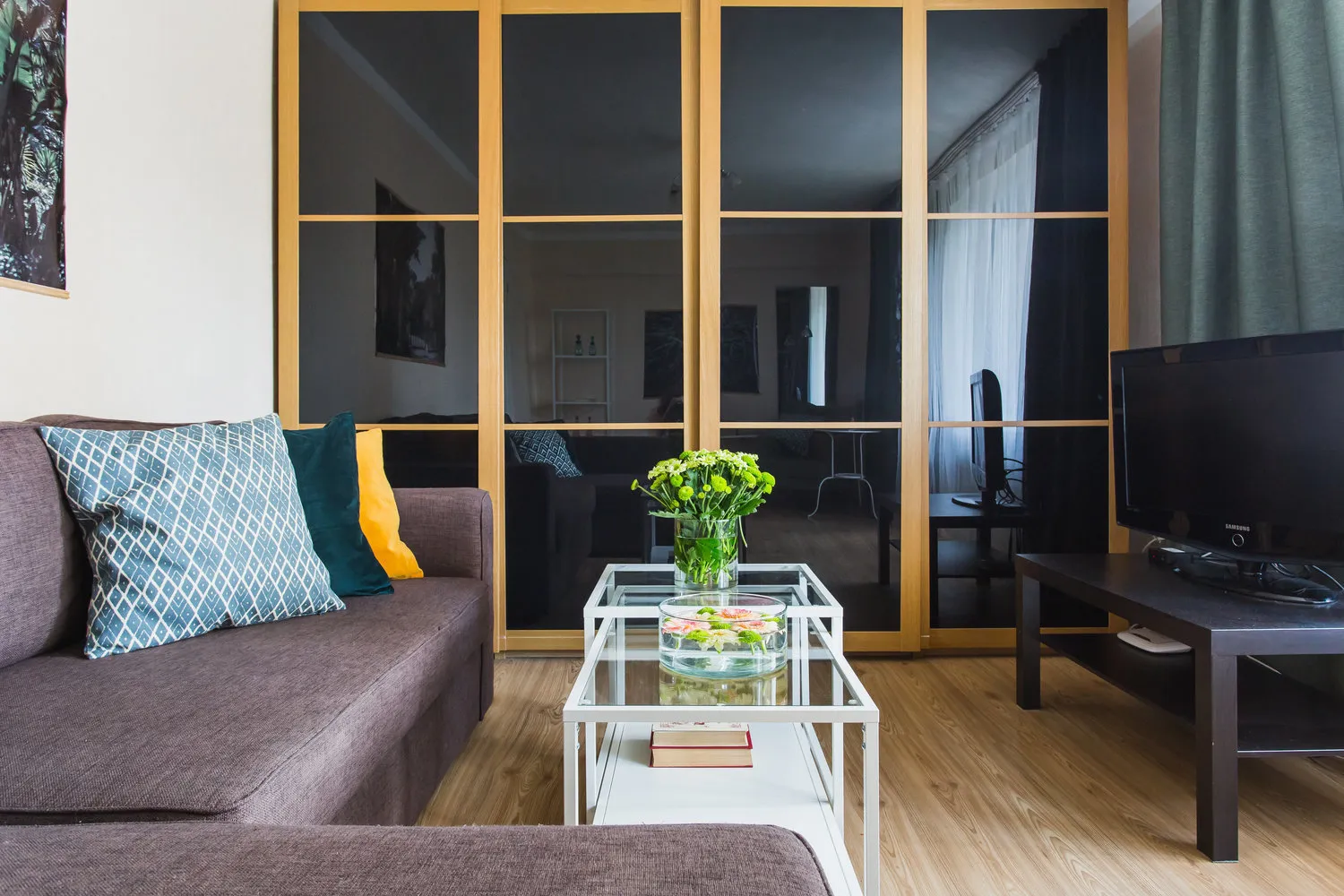


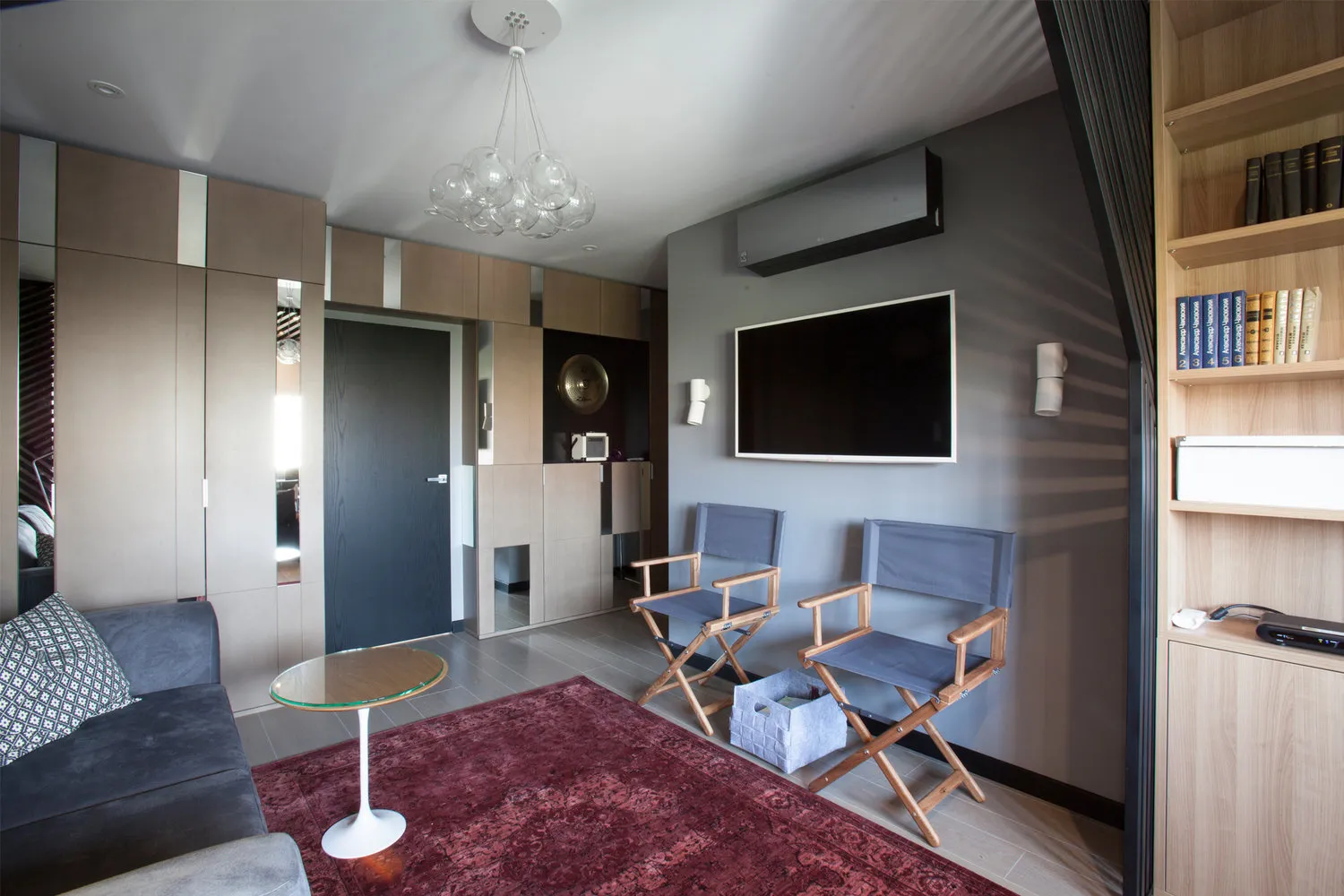
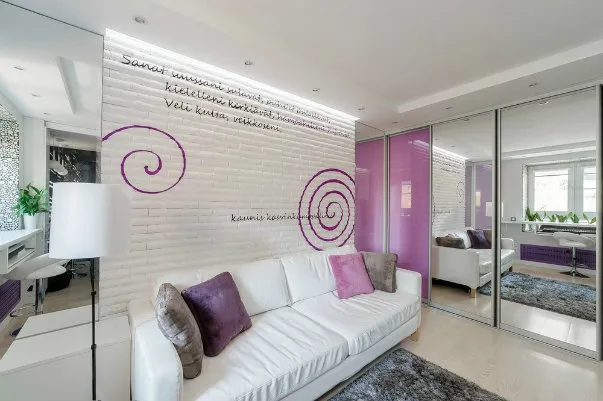
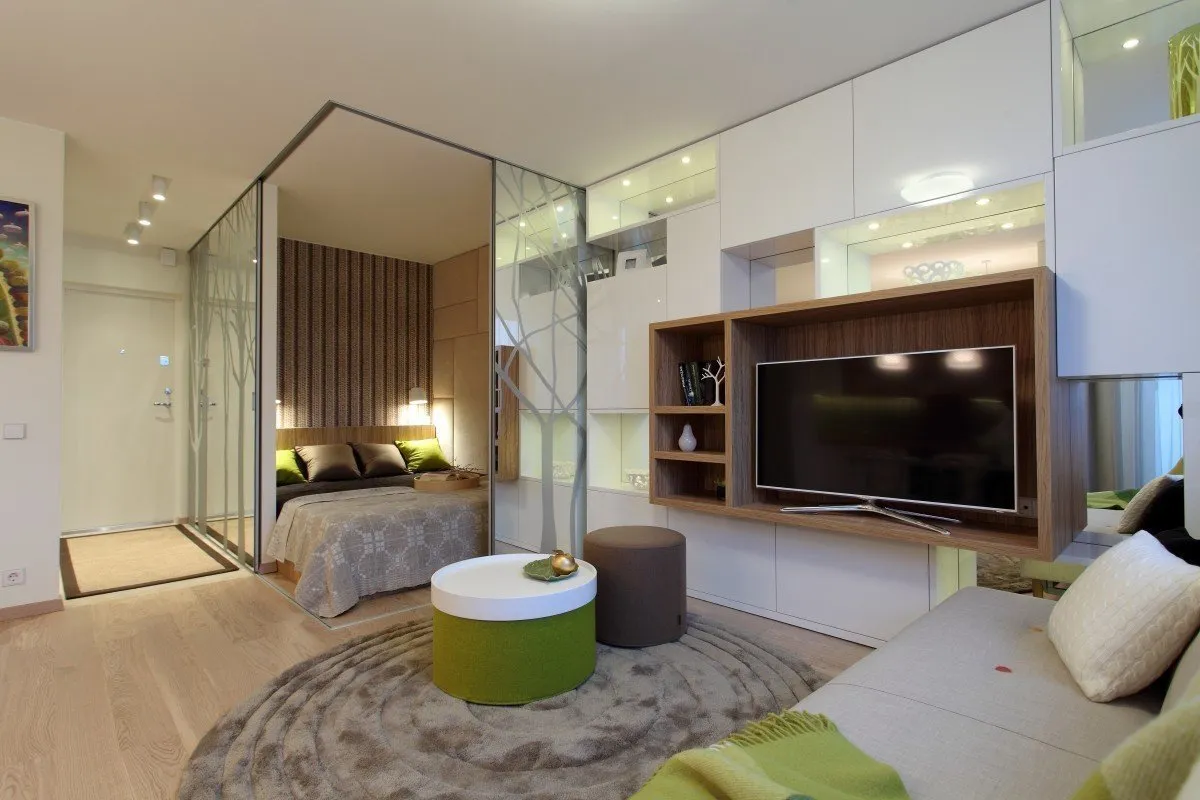

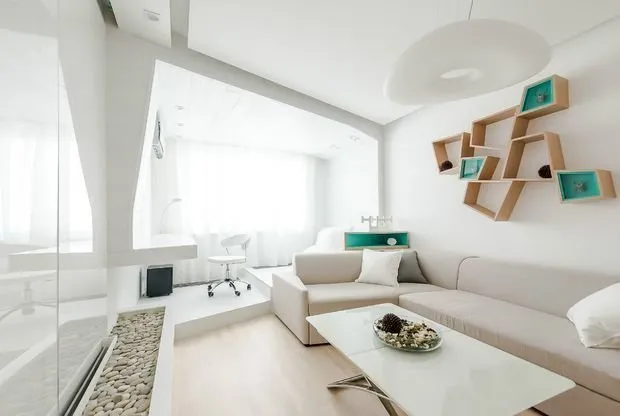
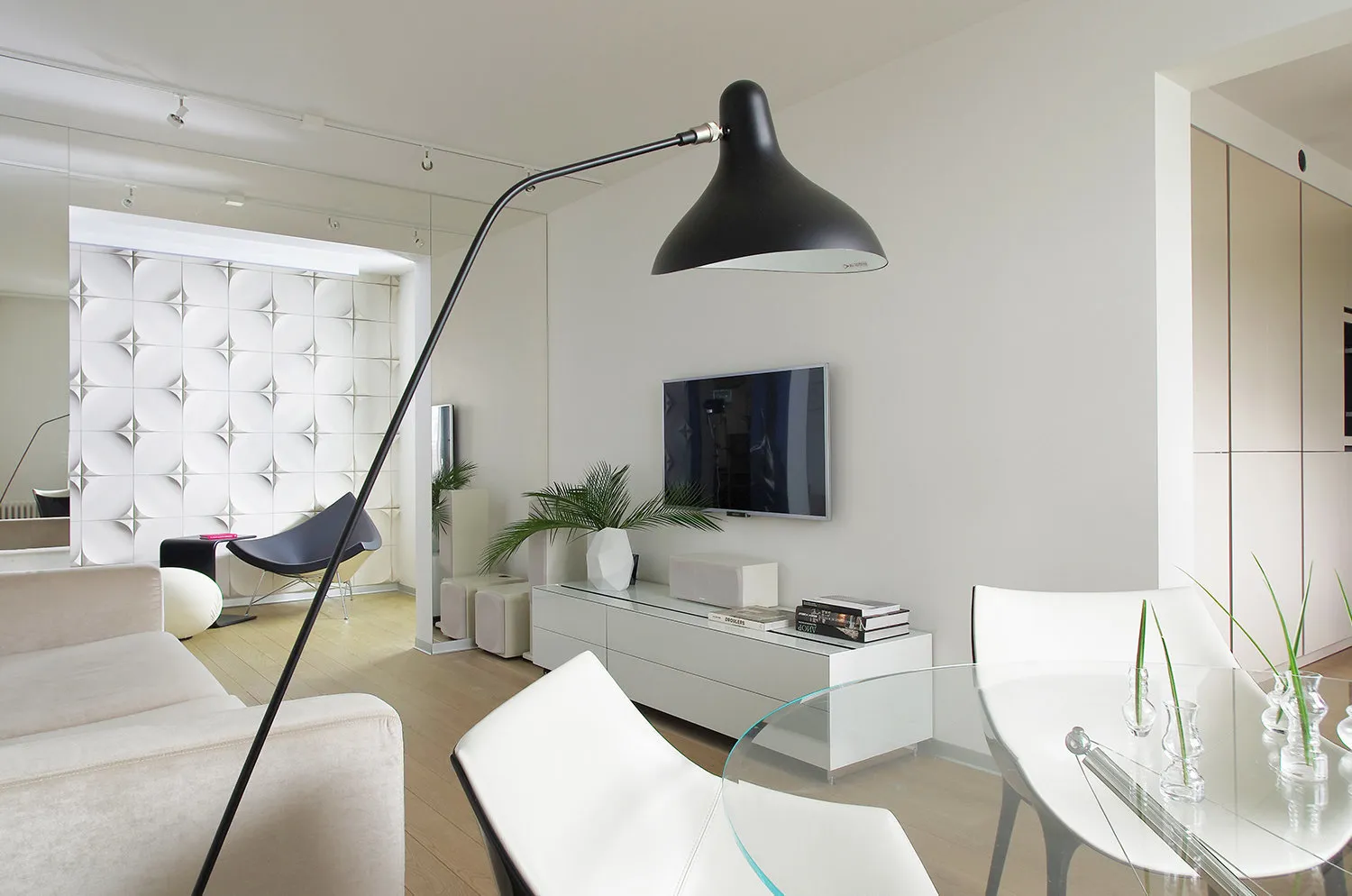

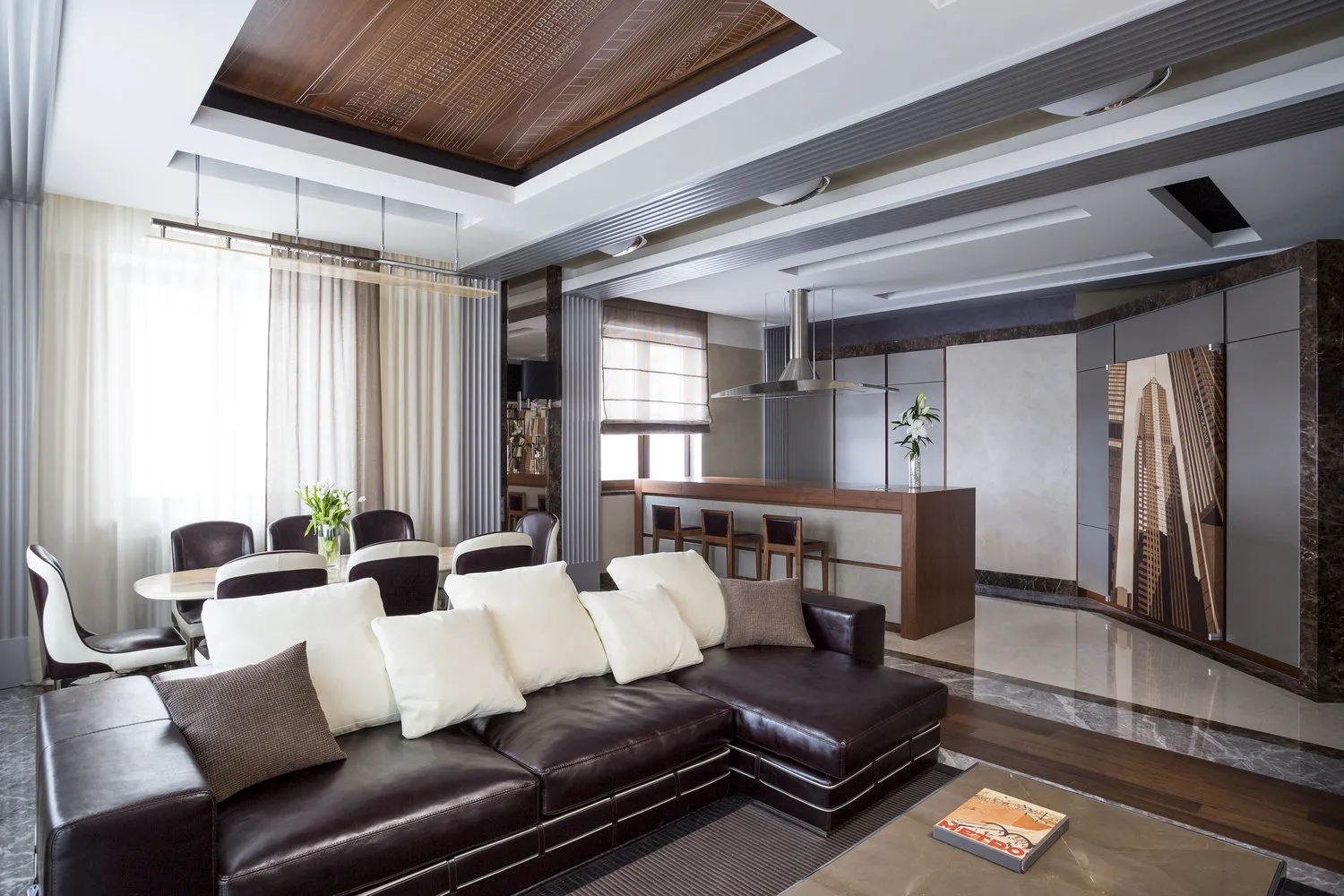

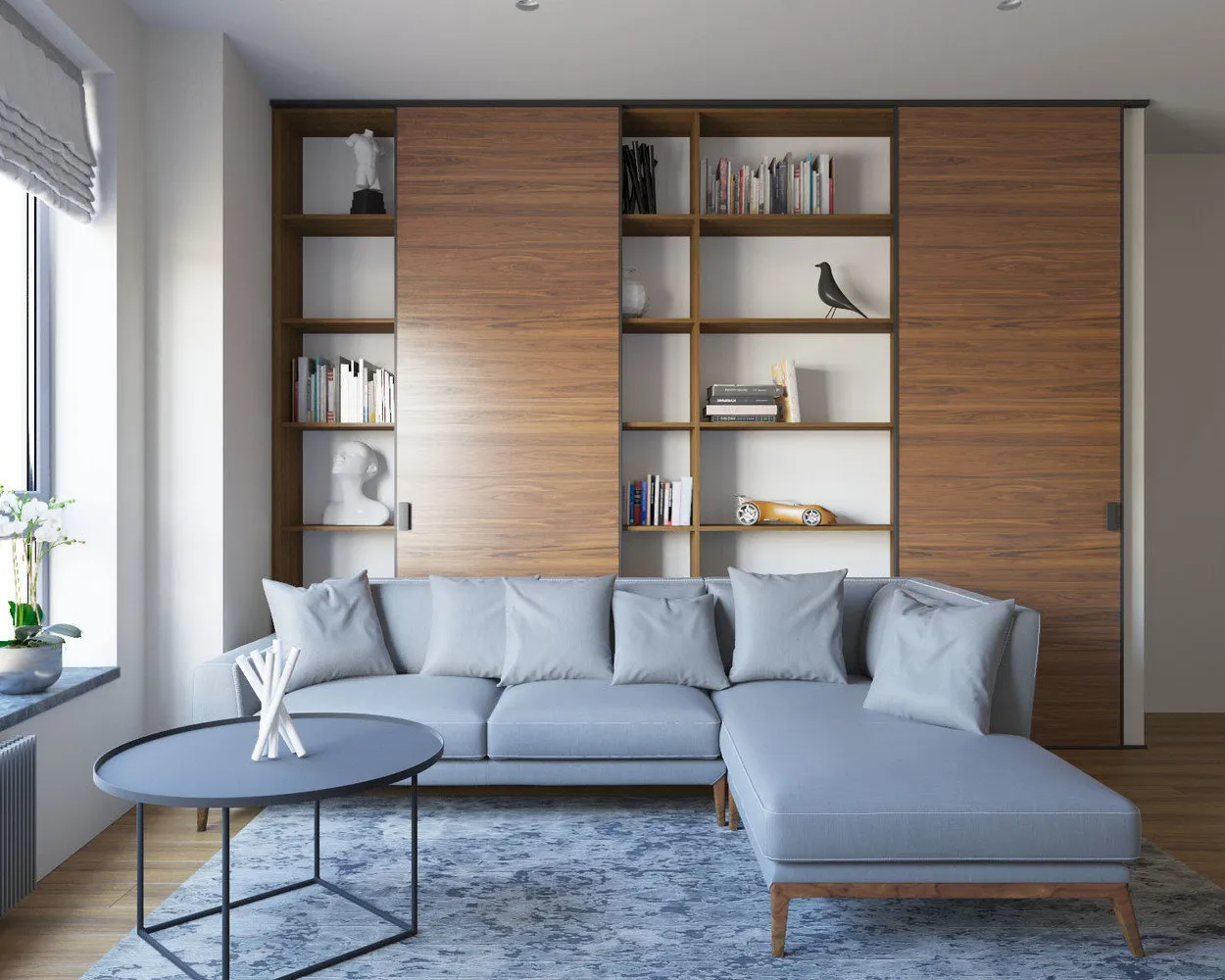
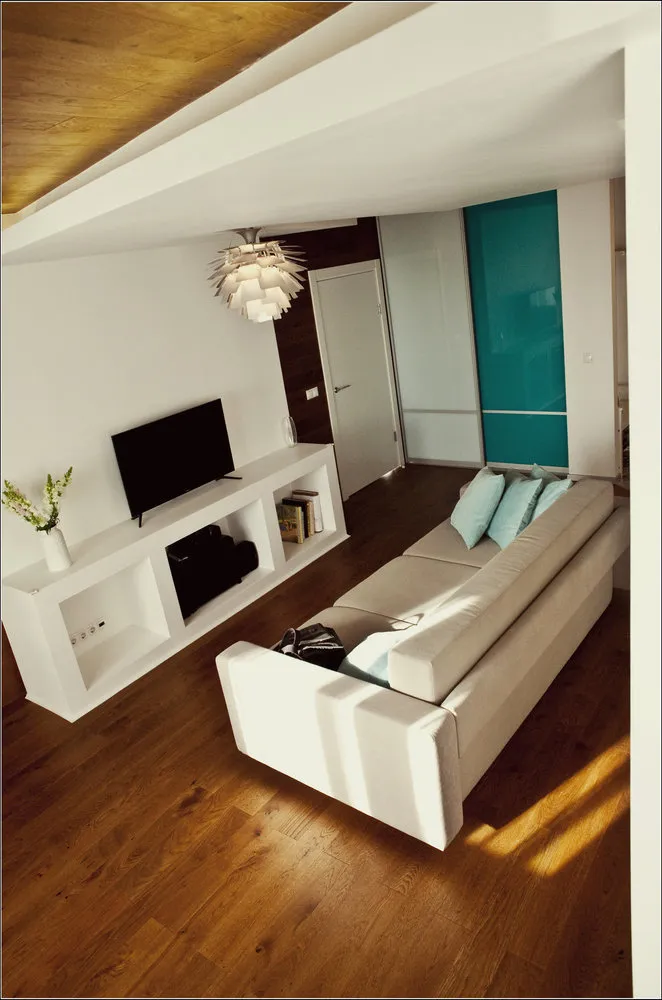
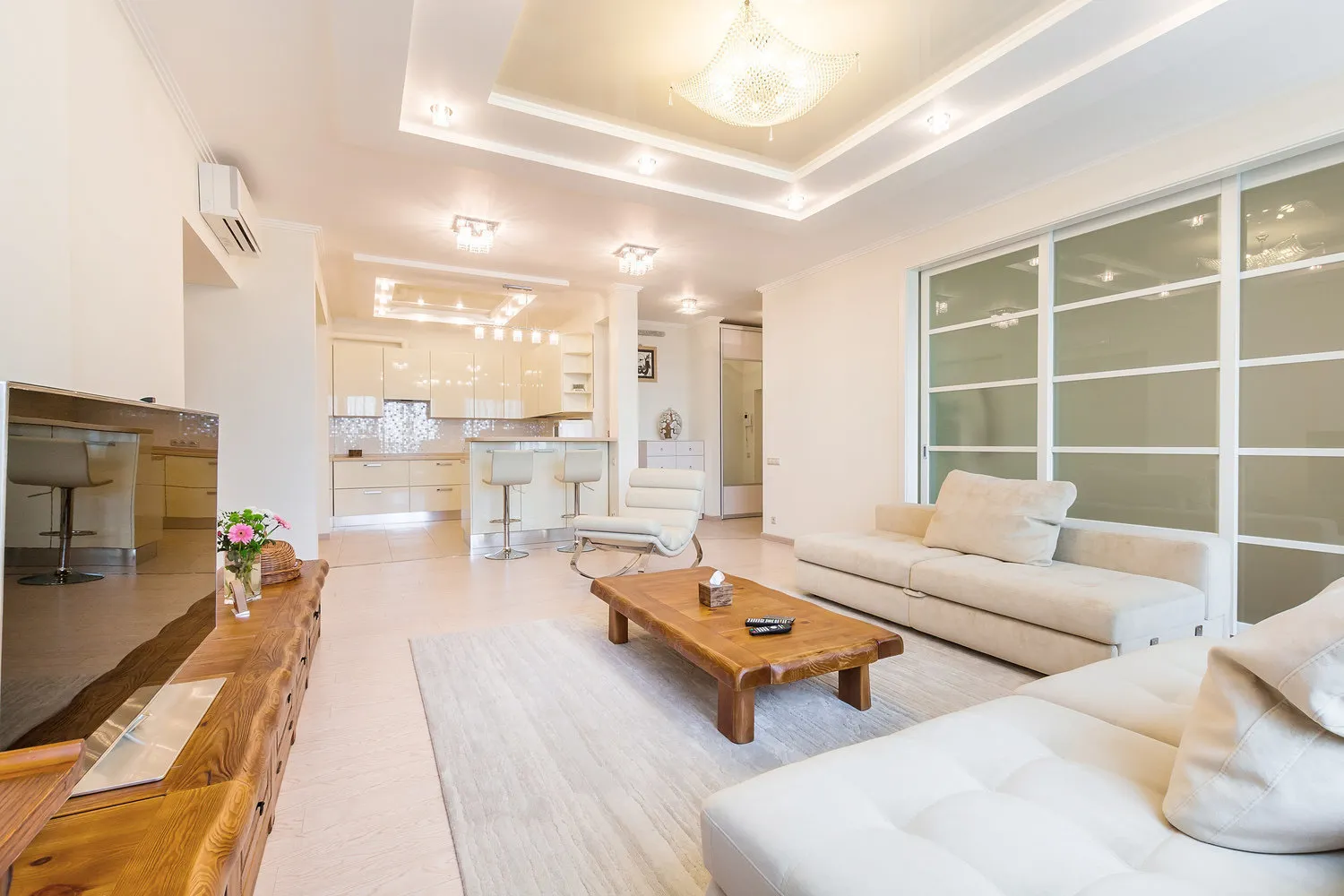
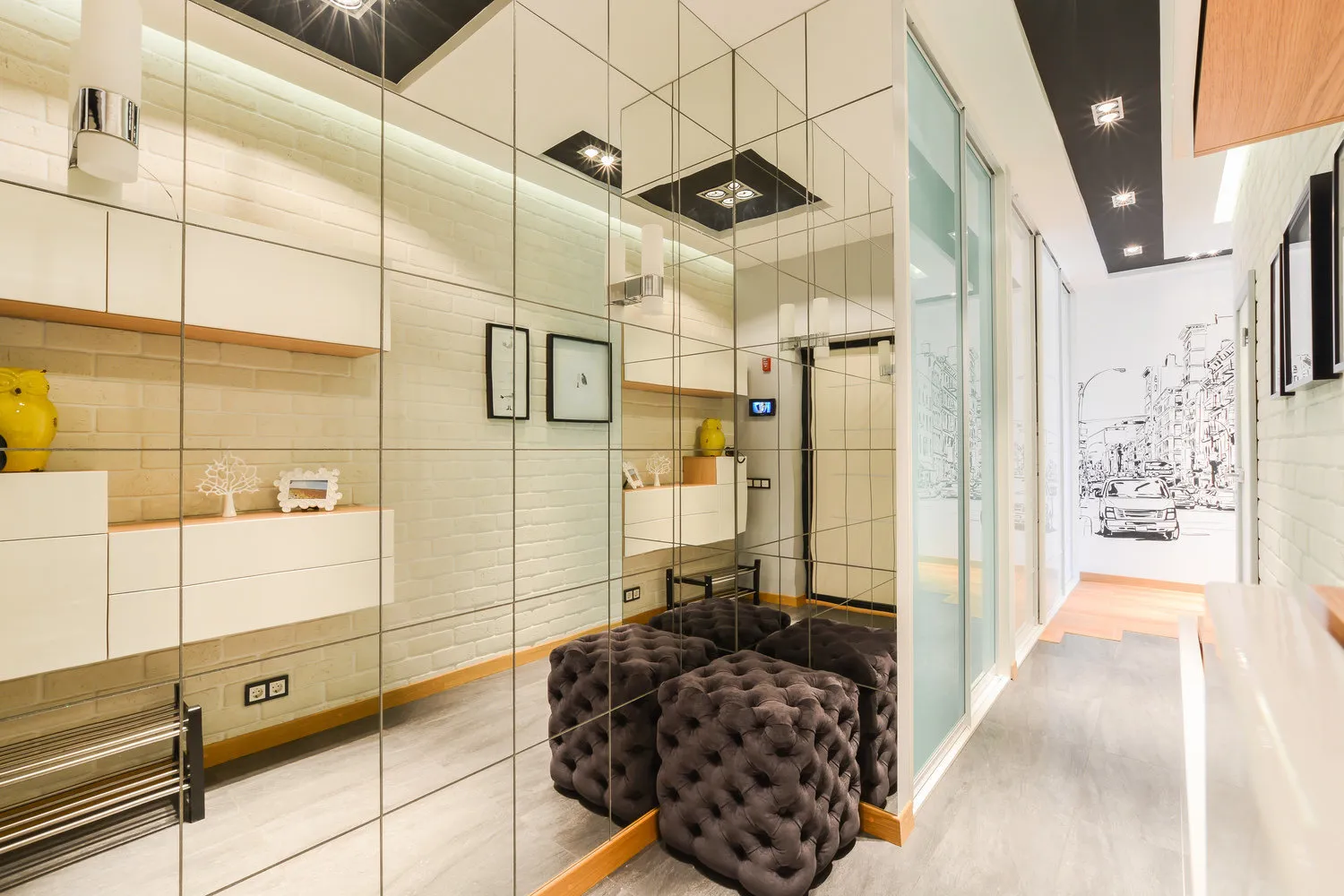
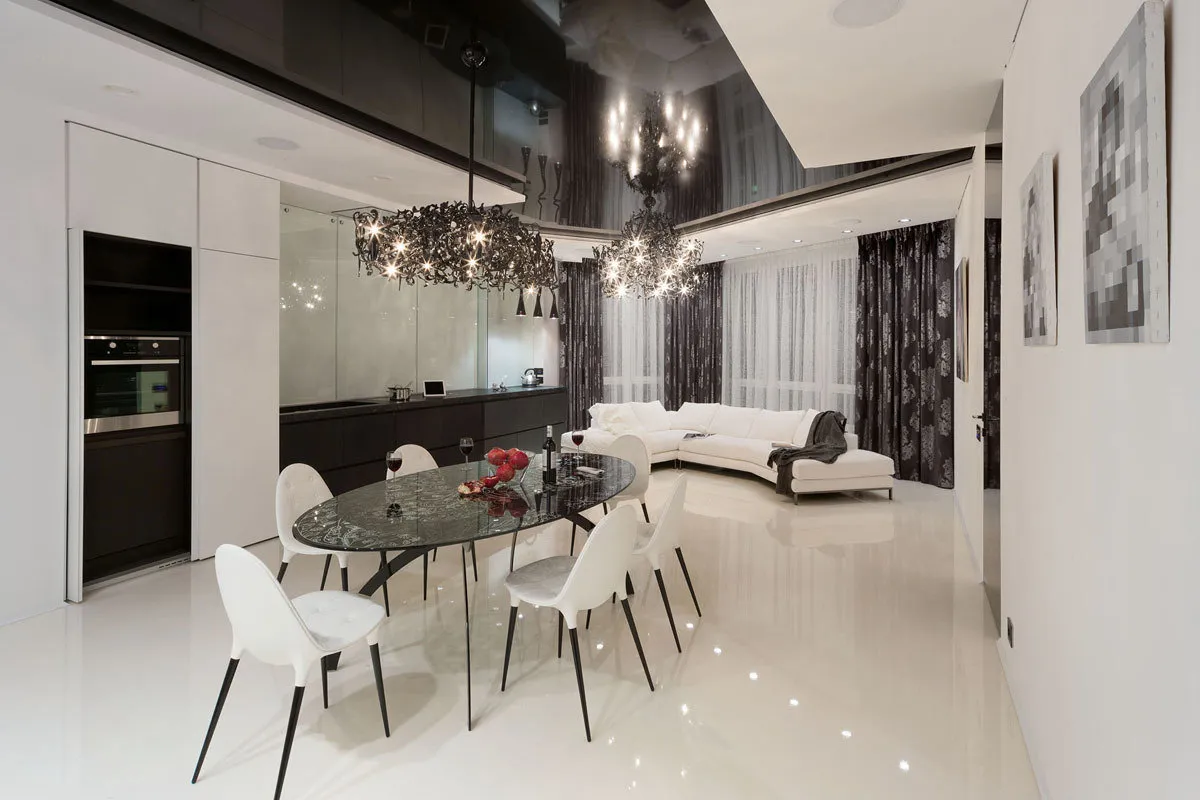
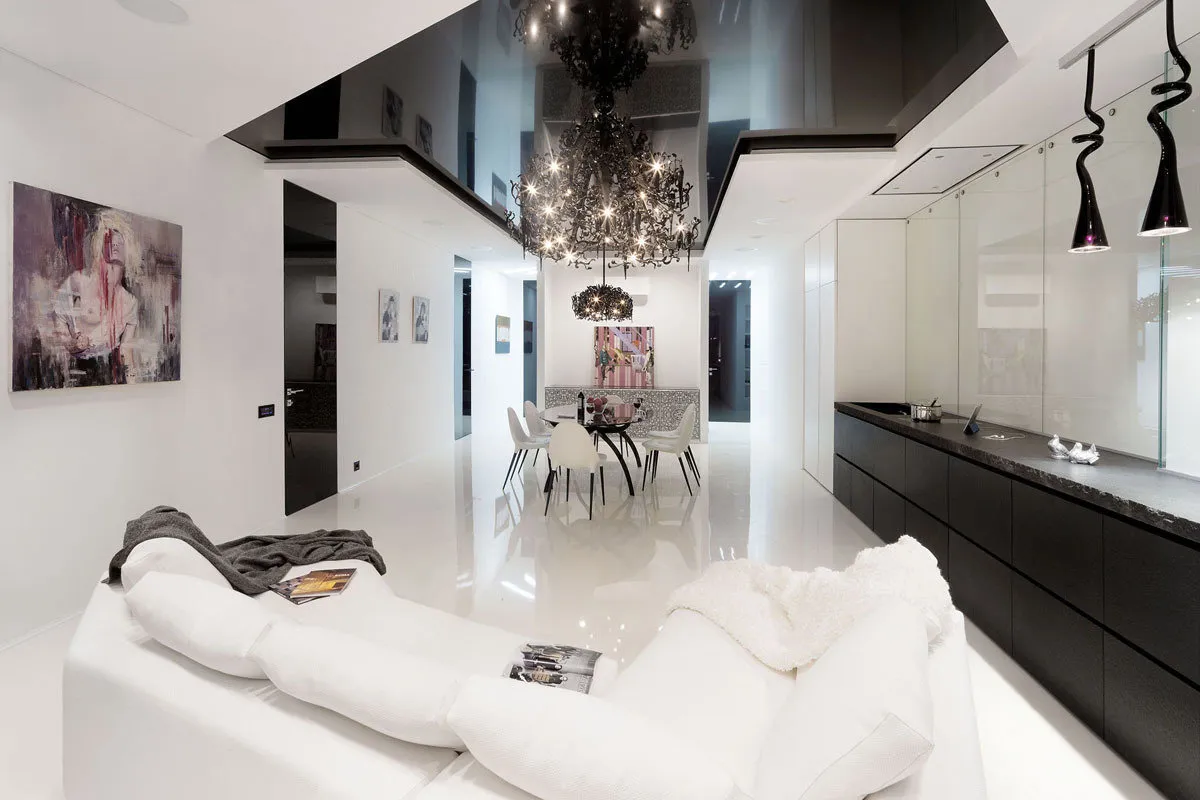
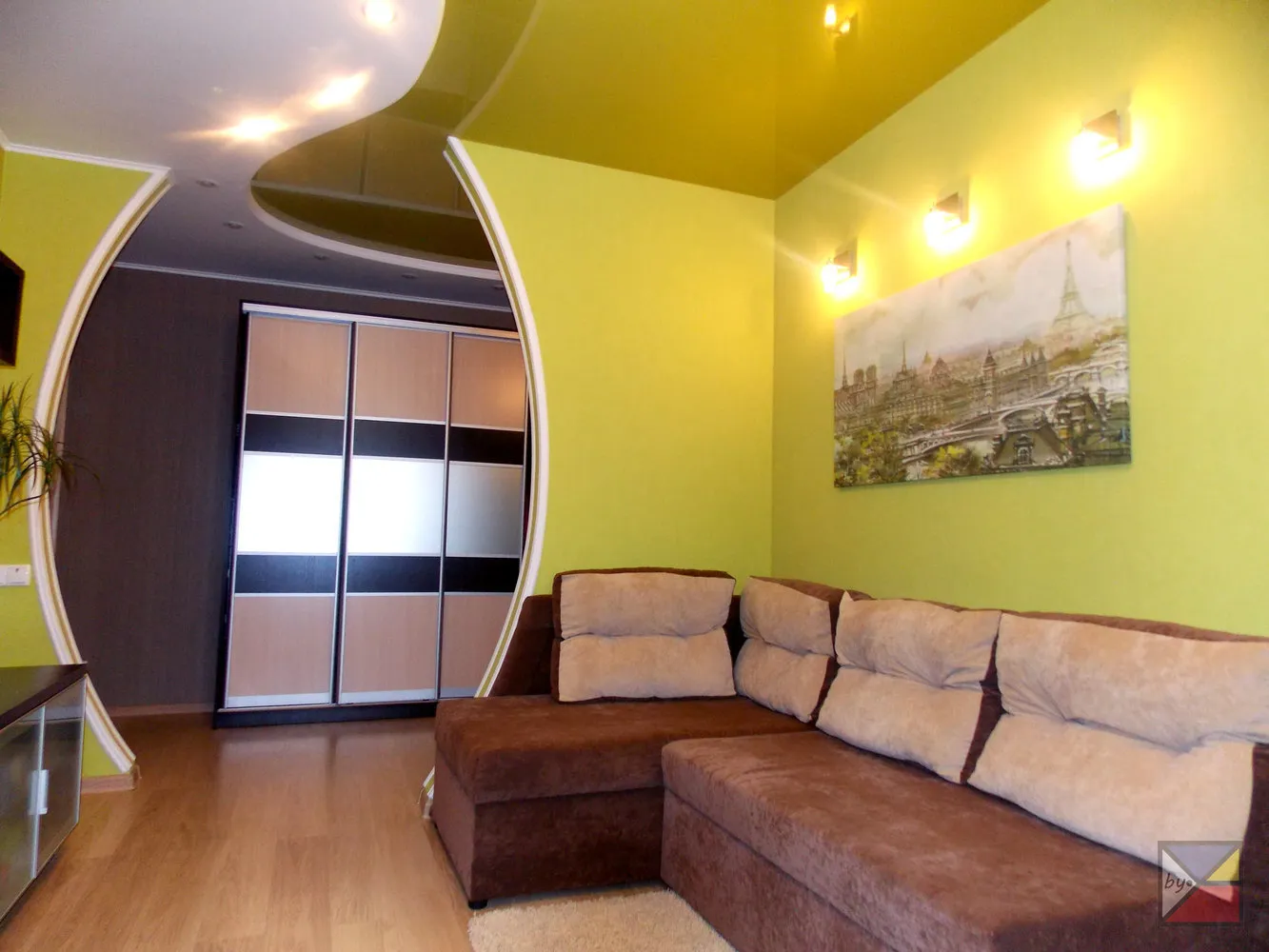



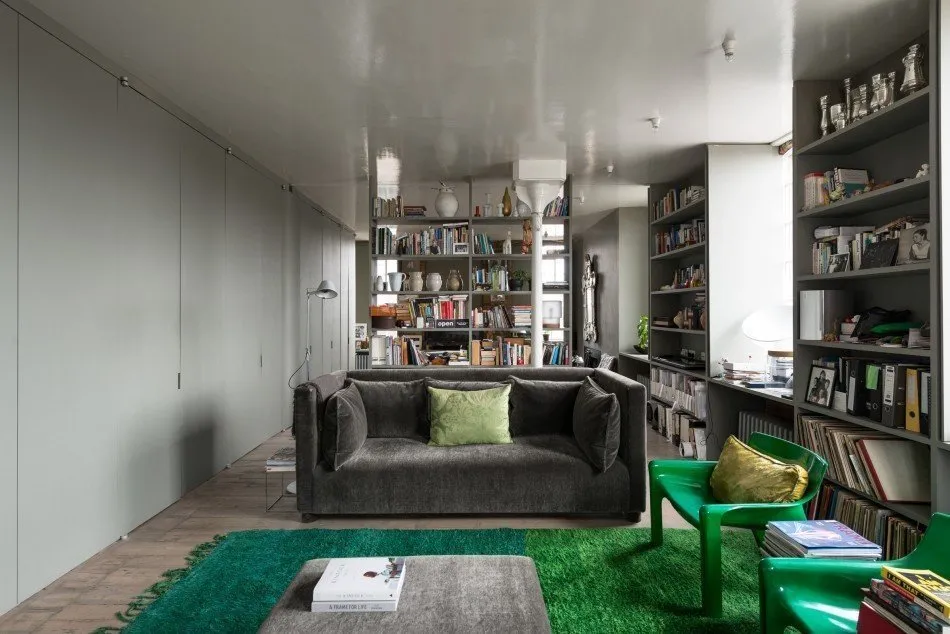

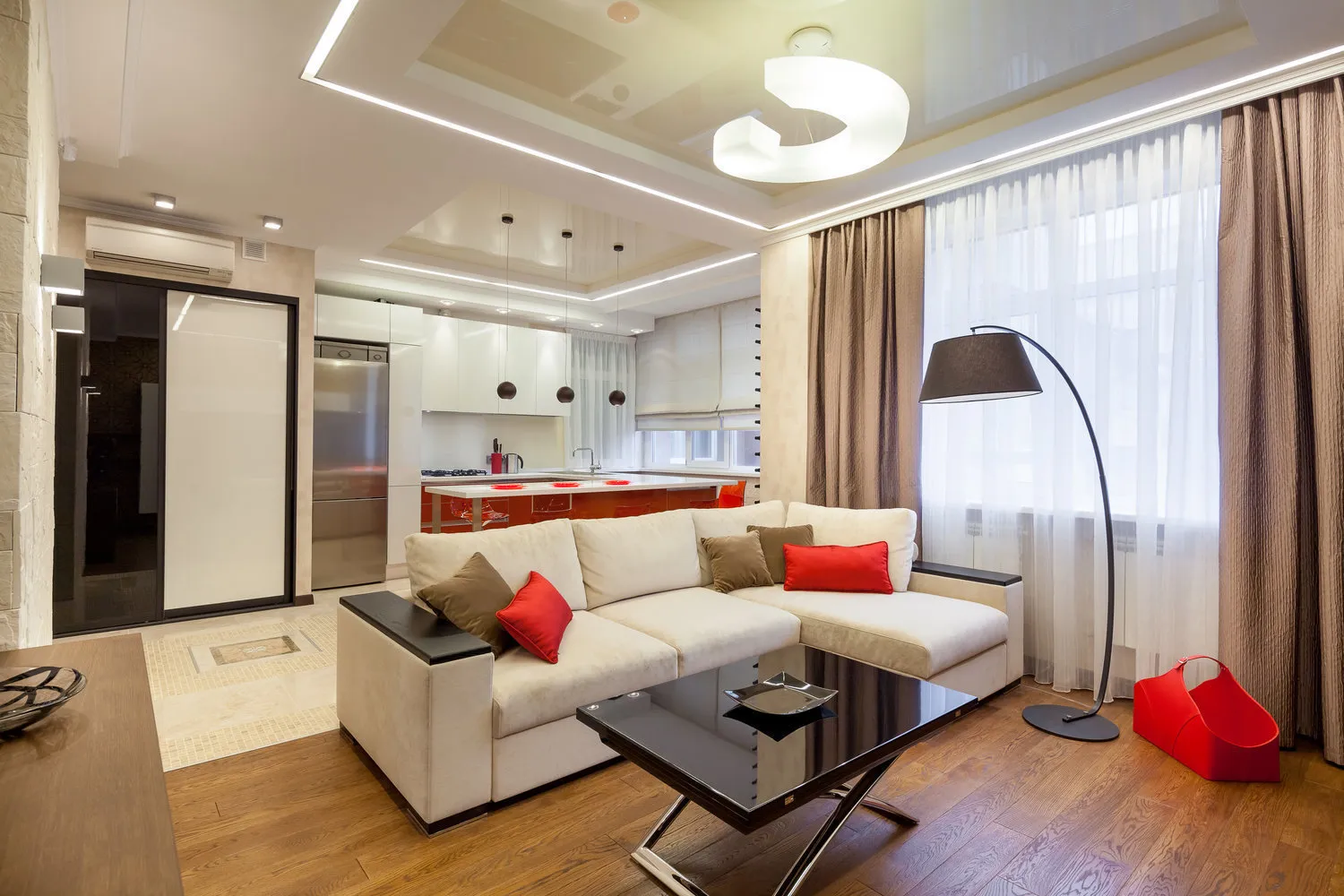
On the cover, Julia Chernova's design project
More articles:
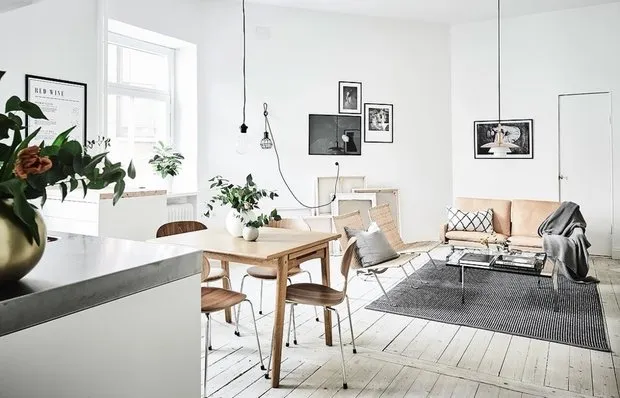 8 Interesting Facts About Modern Danish Design
8 Interesting Facts About Modern Danish Design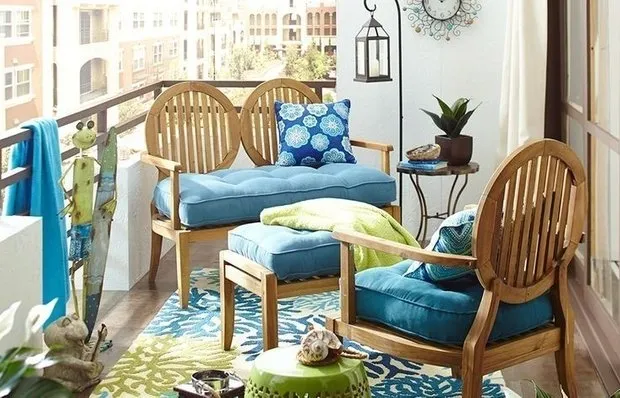 Transforming the Balcony into a Relaxation Zone: 10 Ideas
Transforming the Balcony into a Relaxation Zone: 10 Ideas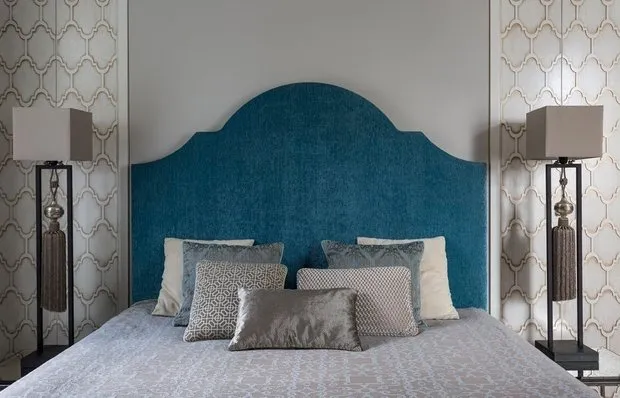 10 Tips for Creating Your Dream Bedroom
10 Tips for Creating Your Dream Bedroom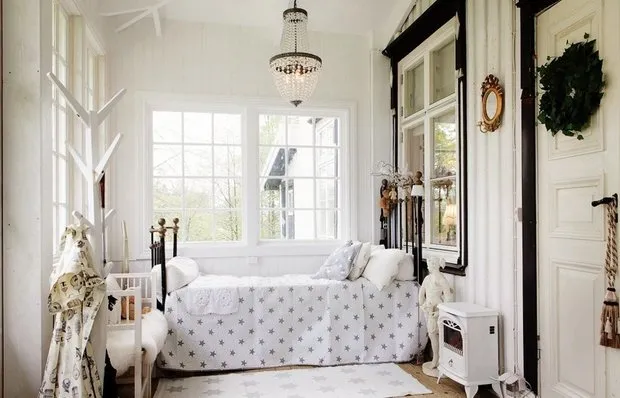 Wooden Cottage with Vintage Furniture in Sweden
Wooden Cottage with Vintage Furniture in Sweden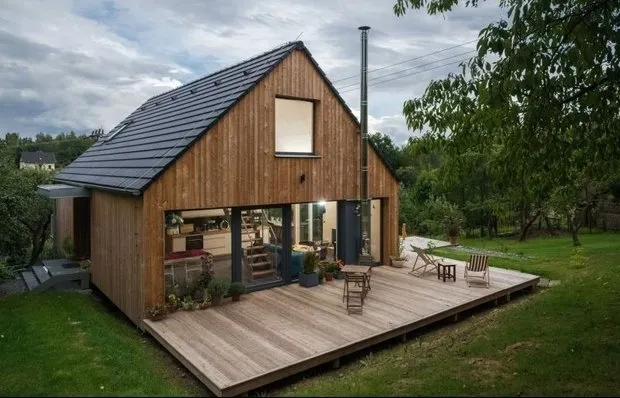 9 Things You Didn't Know About Frame Houses
9 Things You Didn't Know About Frame Houses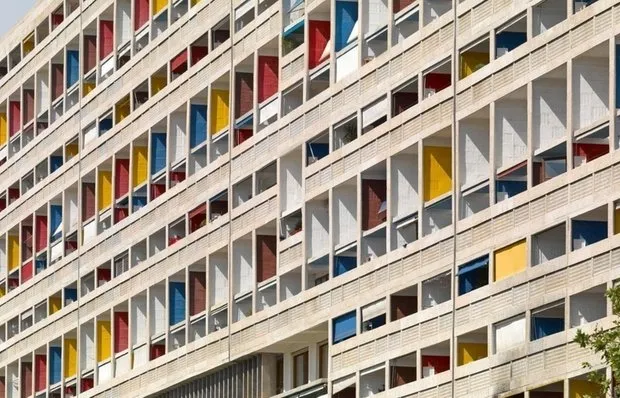 How People Live in Le Corbusier House: Ksenia Burzhskaya's Column
How People Live in Le Corbusier House: Ksenia Burzhskaya's Column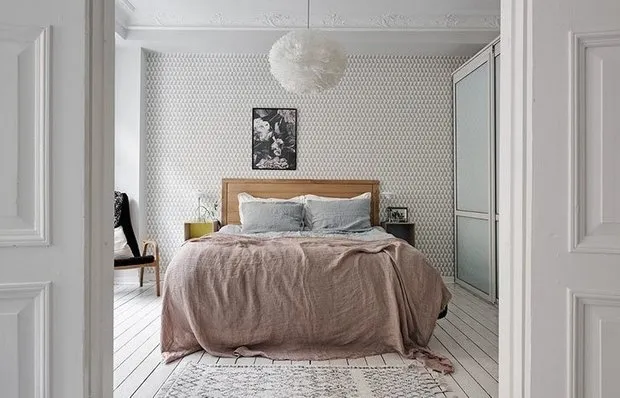 Geometry and Light: Quiet Interior in Gothenburg
Geometry and Light: Quiet Interior in Gothenburg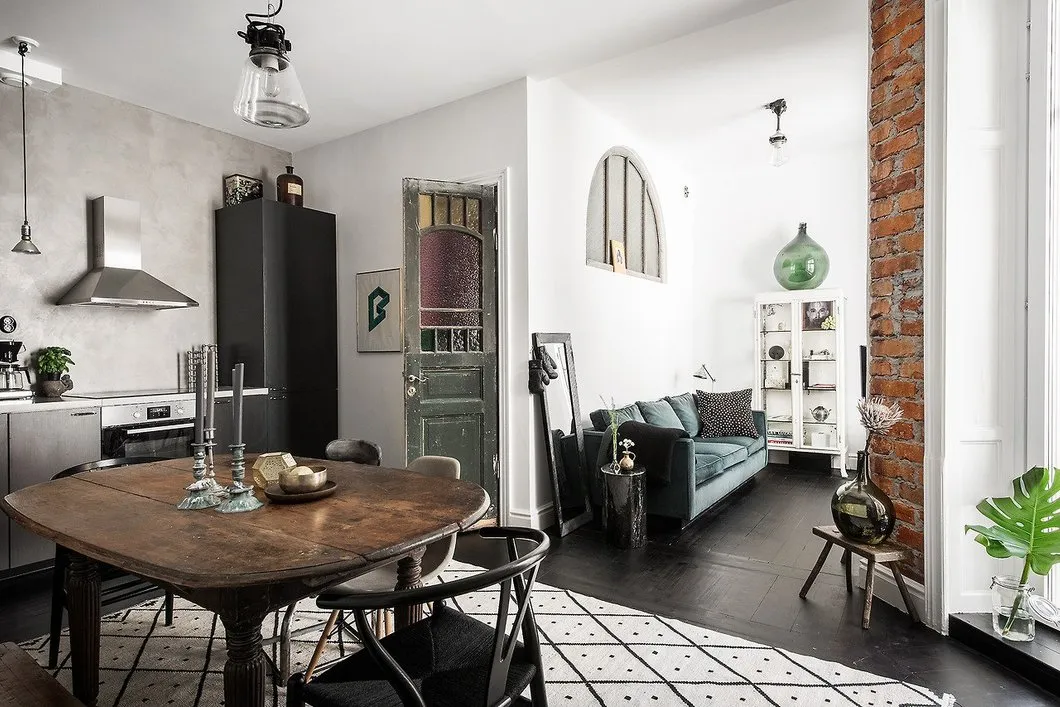 How to Decorate an Interior in Scandinavian Style
How to Decorate an Interior in Scandinavian Style